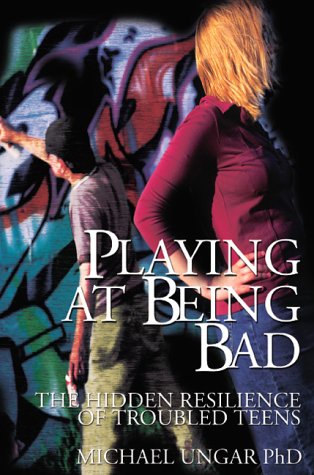What do you think?
Rate this book


Unlike many other books about difficult kids that reflect the wisdom of adults, this one explores the truth of adolescence. It builds on recent explorations of youth such as Mary Pipher’s Reviving Ophelia, Judith Rich Harris’ The Nurture Assumption, and William Pollack’s Real Boys. It examines emerging trends in psychology, as well as recent innovations in work with our most unhealthy young people. Playing at Being Bad offers particular insight for parents, teachers, and caregivers of troubled youth just beginning, or already stuck in, patterns of delinquency, drug or alcohol addiction, sexual promiscuity, violence, suicide, depression, and truancy. This book tells the story of the teens Ungar worked with for more than fifteen years, taking a close look at the crises kids face, while exploring the important role that adults can play in keeping dangerous and delinquent youth from drifting further into trouble.
226 pages, Paperback
First published January 22, 2003